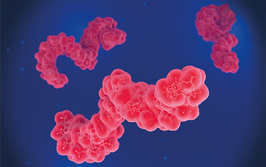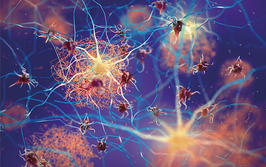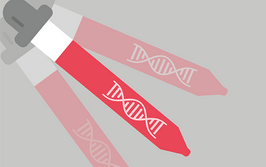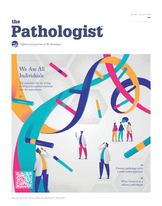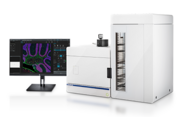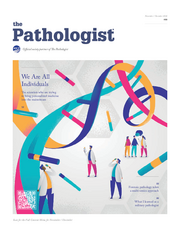Transforming Tumor Testing
Ribosomal RNA modifications as biomarkers provide insights into epitranscriptomic fingerprinting
Jessica Allerton | | News

Original Image: Adobestock.com
A recent study published in Molecular Cell highlights the potential of ribosomal RNA (rRNA) modifications as powerful diagnostic tools. The researchers demonstrated that epitranscriptomic fingerprinting – a method based on analyzing rRNA modification patterns – can accurately identify tissue origins and distinguish tumors from normal samples. Using direct RNA sequencing (DRS), they discovered dynamic rRNA modification patterns across tissues, developmental stages, and cancer states.
DRS technology enables direct sequencing of native RNA molecules while preserving modification and sequence integrity. Using this technique, the researchers were able to classify tumor and normal samples with high accuracy using only 250 sequencing reads per sample. They also uncovered novel rRNA modification sites, including previously unannotated pseudouridylation residues, and mapped cancer-specific patterns. In lung cancer samples, differentially modified sites provided clear separation between tumor and normal tissues.
By analyzing over 220 rRNA modifications, including ribose methylation and pseudouridylation, the team demonstrated how these signatures are enriched in tumors and vary across tissue types. Machine learning further enhanced the predictive power of these modifications for diagnosing malignancies and determining tissue origins.
This method offers a significant advantage over traditional diagnostics. Unlike mRNA-focused techniques, which may lack stability or specificity, rRNA modifications provide distinct, robust signatures for classification. The approach requires minimal sampling, making it highly feasible for clinical applications. Beyond cancer, this method holds promise for identifying tissue-specific changes linked to normal development and disease progression.
Epitranscriptomic fingerprinting represents a major shift in diagnostics, the study reports. Its ability to leverage rRNA modifications for precise, non-invasive cancer detection and tissue identification paves the way for new diagnostic and therapeutic strategies. Future research could expand this method to other diseases and advance its use in clinical practice.
Deputy Editor, The Pathologist

